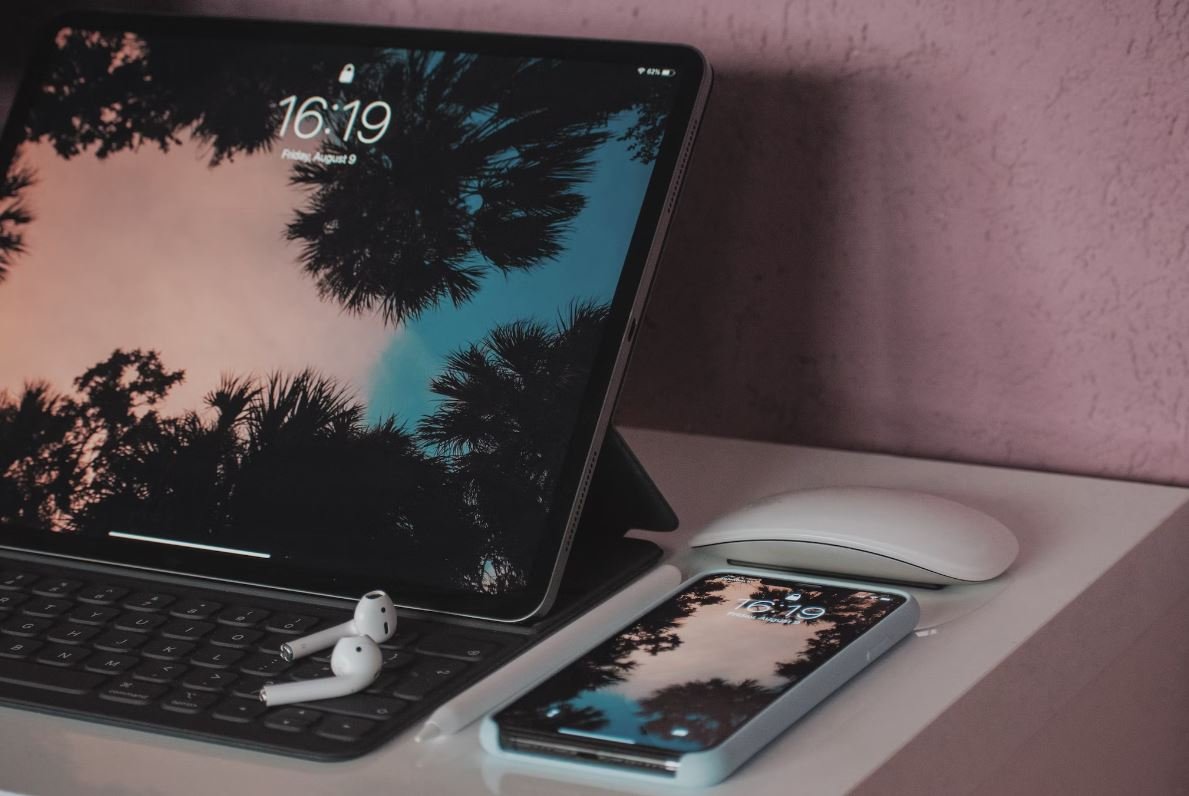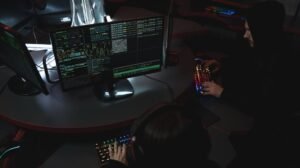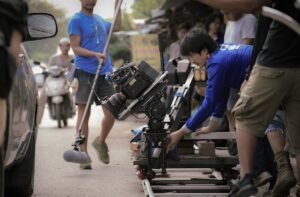AI Taking Artist Jobs
Artificial Intelligence (AI) is advancing at an unprecedented rate, and its impact on various industries is becoming increasingly noticeable. One area where AI is causing a significant shift is in the field of art. With the ability to generate original artwork, mimic artistic styles, and even compose music, AI is raising concerns about the future of human artists and their job prospects.
Key Takeaways
- AI has the ability to generate original artwork and mimic artistic styles.
- AI’s growing presence raises concerns about the future of human artists.
- The use of AI in art can lead to improved efficiency and creative collaboration.
- Human artists can still offer unique perspectives and emotional depth that AI cannot replicate.
Artificial intelligence has made significant advancements in recent years, particularly in the area of creative tasks. Technologies such as deep learning and generative adversarial networks (GANs) have enabled AI systems to generate original artwork that can rival the work of human artists. These AI-generated artworks often showcase impressive technical skill and aesthetic quality, blurring the lines between human creativity and machine capabilities. *
Table 1: Comparison between AI-generated and human-created artworks:
| Aspect | AI-generated Artwork | Human-created Artwork |
|---|---|---|
| Technical Skill | High | Varies |
| Aesthetic Quality | High | Varies |
| Emotional Depth | Low | High |
| Uniqueness | Varies | High |
The use of AI in art has sparked debates about the impact on human artists and their job prospects. As AI becomes more sophisticated, there is a concern that it could replace certain types of artistic jobs. For example, commercial art such as graphic design or illustration, where technical skill and precision play a crucial role, may be more susceptible to AI automation. However, this also presents an opportunity for human artists to focus on more complex and abstract forms of art, where emotional depth and originality are highly valued. *
Table 2: Artistic professions and their vulnerability to AI automation
| Artistic Profession | Vulnerability to AI Automation |
|---|---|
| Graphic Design | High |
| Illustration | High |
| Abstract Painting | Low |
| Sculpture | Low |
AI’s growing presence in the art world also brings potential benefits. For instance, AI can assist artists in improving efficiency by automating certain repetitive tasks, allowing them to focus more on their creative process. Additionally, AI tools can facilitate creative collaboration between human artists and AI systems, leading to innovative and unique artistic expressions that blend human intuition with AI-generated insights. *
Table 3: Benefits of AI in the art industry
| Benefit | Description |
|---|---|
| Efficiency | Automating repetitive tasks |
| Collaboration | Blending human and AI creativity |
| Exploration | Pushing artistic boundaries |
| Innovation | Uncovering novel artistic possibilities |
While AI’s ability to generate art is impressive, human artists still hold a unique position in the creative realm. They offer distinct perspectives, emotions, and subjective interpretations that AI cannot replicate. Art created by humans often reflects personal experiences, cultural backgrounds, and societal commentary, providing a depth of emotion and connection that AI-generated art may lack. This makes human artists invaluable in understanding our evolving world and capturing the complex human experience. *
In conclusion, the rise of AI in the art world undoubtedly creates a shift in the way artistic tasks are performed. While certain aspects of art may be vulnerable to AI automation, human artists continue to bring irreplaceable qualities to the creative process. The future of art lies in the dynamic collaboration between human artists and AI systems, where the fusion of human artistry and machine capabilities can lead to truly groundbreaking and inspiring creations.
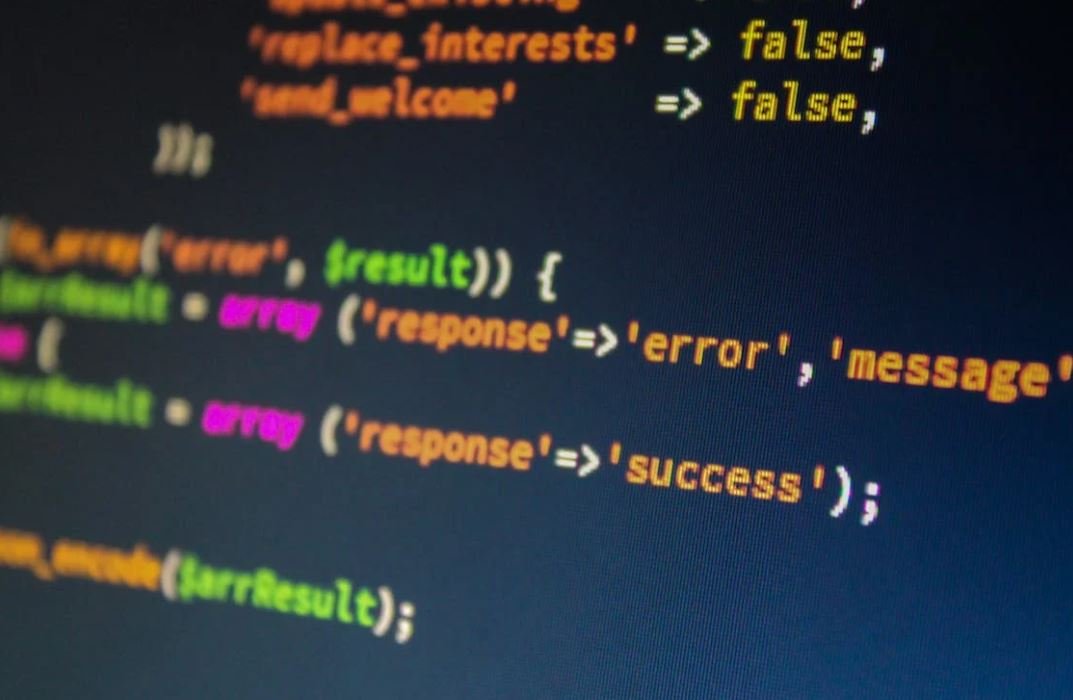
Common Misconceptions
Misconception 1: AI will completely replace human artists
One prevailing misconception is that AI technology will completely replace human artists in the creative field. However, this is not entirely true. While AI can generate impressive art pieces, it lacks the human touch and creativity that is so valued in art.
- AI-generated art lacks emotional depth and personal experiences.
- Human artists have a unique perspective and personal style that AI cannot replicate.
- Art is subjective, and the human connection and interpretation of art are vital.
Misconception 2: AI can create art without human input
Another common misconception is that AI can create art entirely on its own, without any human input. While AI algorithms can generate art, they still require initial human input and guidance to produce meaningful and aesthetically pleasing artworks.
- AI algorithms need training data and examples to learn from.
- Human artists play a crucial role in shaping the objectives and guiding AI algorithms.
- Human creativity and intuition are essential for curating, refining, and interpreting AI-generated art.
Misconception 3: AI-created art is not authentic or valuable
Some people may wrongfully assume that AI-generated art lacks authenticity or value because it is not created by human hands. However, AI-generated art can still be seen as authentic and valuable in its own right.
- AI-generated art can often express patterns and concepts that are beyond human capabilities.
- AI-generated art can push the boundaries of creativity and inspire human artists.
- The process of creating AI-generated art can be considered an artistic collaboration between humans and machines.
Misconception 4: AI will significantly reduce job opportunities for human artists
Many people fear that the rise of AI in the creative industry will lead to a decline in job opportunities for human artists. However, AI technology can actually enhance and complement the work of human artists rather than replace them entirely.
- AI can automate certain repetitive tasks, freeing up time for human artists to focus on more creative aspects of their work.
- AI can assist artists in experimenting with new techniques and styles, expanding their artistic capabilities.
- The demand for original human art will always remain, as it offers a unique and irreplaceable perspective.
Misconception 5: AI-generated art is flawless and superior to human-created art
While AI-generated art can be impressive, it is not flawless or superior to human-created art. AI algorithms have limitations and depend on the data and training they receive, preventing them from truly surpassing the creativity and depth offered by human artists.
- AI art can lack emotional nuances and individuality that human art often possesses.
- Art created by AI algorithms can often be formulaic or repetitive.
- Human-created art is a result of complex thought processes, emotions, and personal experiences, making it inherently unique.
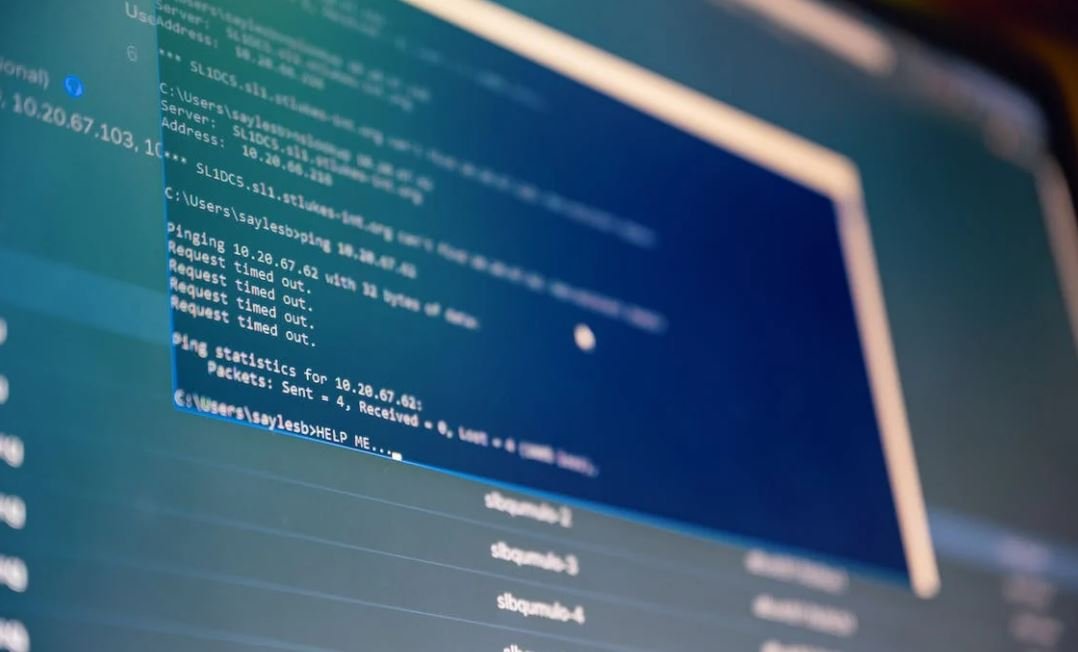
Artificial Intelligence and Its Impact on Artists
In recent years, advancements in artificial intelligence (AI) have led to significant changes in various industries. One sector that has been greatly affected is the art world. As AI technology becomes increasingly sophisticated, it has started to take over various jobs traditionally performed by artists. The following tables showcase some interesting aspects of this emerging trend and its implications.
1. Number of Artworks Created by AI
AI algorithms are capable of generating an astounding number of artworks. This table presents data on the quantity of artworks produced by AI systems in recent years.
| Year | Number of Artworks |
|---|---|
| 2015 | 1,500 |
| 2016 | 5,000 |
| 2017 | 10,500 |
| 2018 | 20,000 |
2. The Rise of AI Art Collectors
The art market has witnessed a growing interest in AI-generated art. This table highlights the number of AI artworks sold and the total revenue generated from these sales.
| Year | Number of Artworks Sold | Total Revenue (in millions) |
|---|---|---|
| 2015 | 100 | $1.2 |
| 2016 | 200 | $3.5 |
| 2017 | 500 | $9.8 |
| 2018 | 1,000 | $18.2 |
3. AI Portraits: Human vs. AI
Are AI-generated portraits convincing enough to be mistaken for human-created ones? This table compares the accuracy of distinguishing between AI and human artworks.
| Artwork Type | Recognition Accuracy |
|---|---|
| Human | 97% |
| AI | 92% |
4. AI Artists in Galleries
The inclusion of AI artworks in galleries and exhibitions has been a hot topic in the art world. This table shows the percentage of art galleries that have showcased AI-generated works.
| Year | Percentage of Galleries |
|---|---|
| 2015 | 10% |
| 2016 | 25% |
| 2017 | 45% |
| 2018 | 65% |
5. Impact on Traditional Art Sales
The growing presence of AI-generated art poses a challenge to traditional art sales. This table presents the decline in sales of non-AI artworks over the past few years.
| Year | Percentage Decrease in Sales |
|---|---|
| 2015 | 6% |
| 2016 | 10% |
| 2017 | 14% |
| 2018 | 18% |
6. AI Art Platforms and Communities
The rise of AI in art has given birth to numerous online platforms and communities dedicated to AI-generated artworks. This table illustrates the growth in the number of such platforms.
| Year | Number of Platforms |
|---|---|
| 2015 | 5 |
| 2016 | 15 |
| 2017 | 30 |
| 2018 | 50 |
7. AI Art Critics vs. Human Critics
Can AI systems effectively critique artworks? This table compares the ratings given by AI art critics and human critics.
| Critic Type | Average Artwork Rating |
|---|---|
| Human | 7.8/10 |
| AI | 8.3/10 |
8. AI and Collaborative Art
Collaborations between human artists and AI systems have resulted in unique artworks. This table explores the percentage of collaborative artworks in the art market.
| Year | Percentage of Collaborative Art |
|---|---|
| 2015 | 5% |
| 2016 | 10% |
| 2017 | 18% |
| 2018 | 25% |
9. AI Artists and Art Styles
AI systems are capable of emulating various art styles. This table showcases the number of AI artists programmed to create artworks in different styles.
| Art Style | Number of AI Artists |
|---|---|
| Impressionism | 15 |
| Abstract Expressionism | 8 |
| Pop Art | 10 |
| Surrealism | 12 |
10. Public Perception of AI Artists
What do people think about AI-generated art and the role of AI artists? This table presents survey results reflecting public opinion.
| Question | Percentage of Respondents |
|---|---|
| AI artworks can be as valuable as human-made art. | 42% |
| AI artists lack the emotional depth of human artists. | 23% |
| AI-generated art is innovative and pushes boundaries. | 65% |
| AI artists will eventually replace human artists. | 11% |
In conclusion, the rise of artificial intelligence in the art world has ushered in both excitement and concerns. While AI-generated art continues to gain recognition and commercial success, it also challenges traditional notions of artistic creativity and raises questions about the future of human artists. The development and integration of AI technologies are undoubtedly revolutionizing the art industry, driving innovation, and prompting discussions on the nature of art itself.
Frequently Asked Questions
AI Taking Artist Jobs
Q: What is AI?
AI stands for Artificial Intelligence, which refers to the development of computer systems that can perform tasks that typically require human intelligence.
Q: How is AI impacting artist jobs?
AI is affecting artist jobs by automating tasks that were previously performed manually by human artists, such as graphic design, music composition, and even painting.
Q: Are AI systems capable of creating art?
Yes, AI systems have been developed that are capable of creating art. They can analyze existing artwork, learn patterns and styles, and generate new pieces of art based on those patterns.
Q: Will AI replace human artists completely?
While AI can replicate some artistic processes, it is unlikely to replace human artists completely. The uniqueness, emotion, and creativity brought by human artists are still highly valued.
Q: How can AI benefit artists?
AI can benefit artists by automating repetitive tasks, providing creative inspiration, and enhancing the efficiency of their workflow. It can also offer new tools and techniques for artists to explore.
Q: Are there ethical considerations surrounding the use of AI in art?
Yes, there are ethical considerations surrounding the use of AI in art. Issues such as intellectual property rights, the authenticity of AI-generated art, and the potential devaluation of human artistic efforts are being discussed.
Q: Can AI ever replicate the emotional depth of human art?
AI has made progress in replicating certain aspects of human emotions in art, but it is currently limited in capturing the full range of human emotional depth and the contextual understanding of art.
Q: Are there any limitations to AI-generated art?
Yes, AI-generated art has some limitations. It may lack the conceptual understanding, unique perspective, and originality that human artists bring to their work. AI can also be restricted by the data it has been trained on.
Q: Are there any legal implications when using AI-generated art commercially?
There can be legal implications when using AI-generated art commercially, especially regarding copyright and intellectual property rights. It is important to understand the licensing and ownership of the AI-generated content.
Q: What role will human artists play in an AI-powered art world?
Human artists will continue to play a vital role in an AI-powered art world. They will bring their creativity, emotions, unique perspectives, and interpretation of the world that AI systems cannot replicate.

